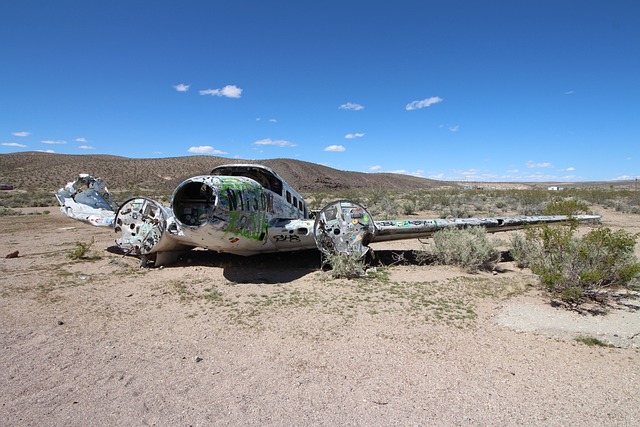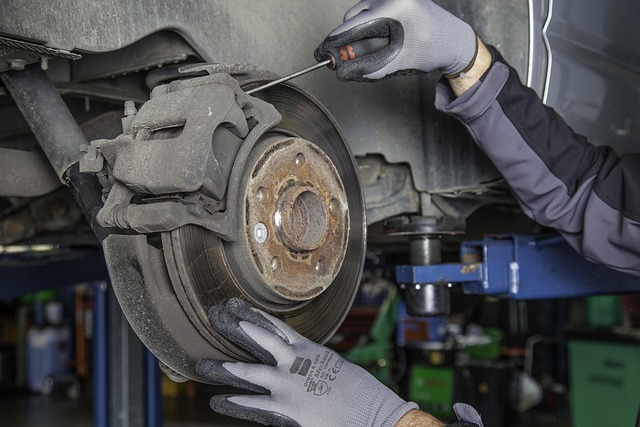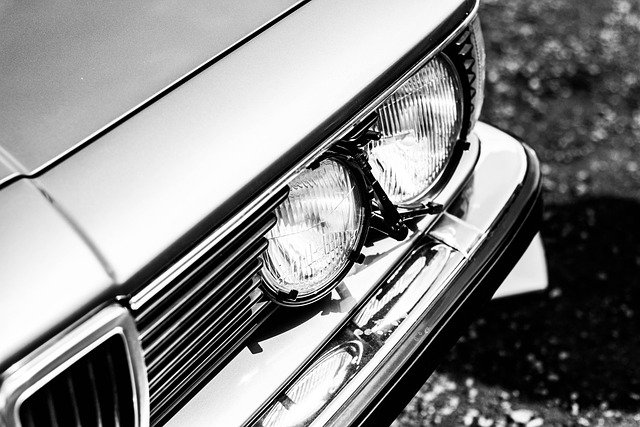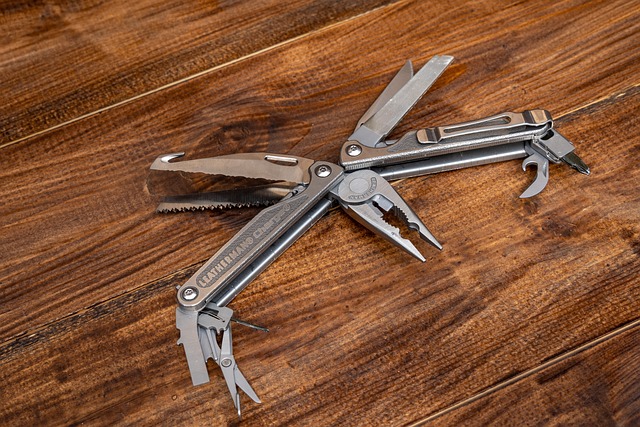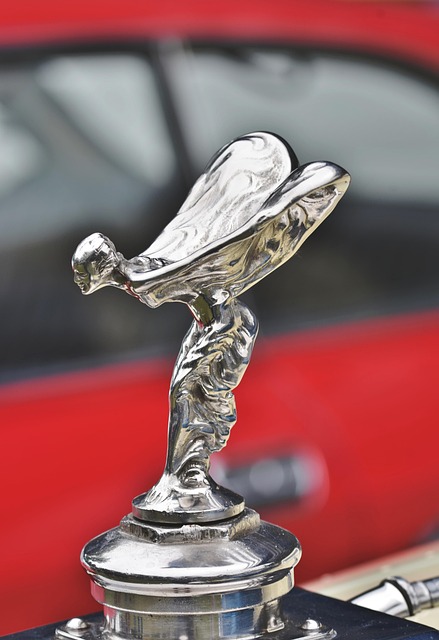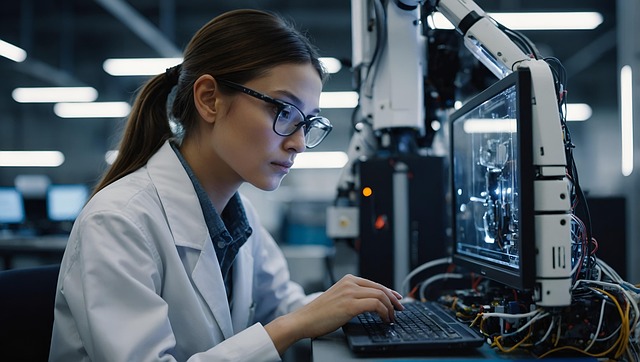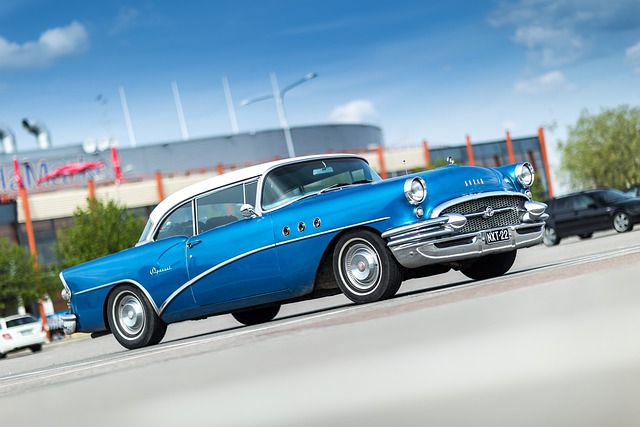3D car scanning technology revolutionizes post-repair quality assurance for luxury automotive brands like Mercedes Benz, creating highly detailed digital blueprints that enable objective and precise assessments. This innovative method detects microscopic imperfections, enhancing precision in body services and improving communication between technicians, estimators, and customers. By verifying repairs against original specifications, 3D scanning ensures flawless finishes and complete restoration, particularly in paint, detailing, and dent repair, ultimately boosting customer satisfaction.
“Discover how 3D car scanning technology is transforming post-repair quality assurance in the automotive industry. This innovative process offers an unprecedented level of precision and detail, ensuring that every vehicle undergoes a meticulous inspection after repair. By capturing precise 3D models of cars, this technology identifies even subtle deviations from original specifications, revolutionizing quality control. Our article explores the inner workings of 3D scanning, its significant role in post-repair assessments, and the diverse applications that promise to redefine automotive standards.”
- Understanding 3D Car Scanning Technology: A Comprehensive Overview
- Post-Repair Quality Assurance: The Role of 3D Scanning in Ensuring Perfection
- Benefits and Applications: Revolutionizing the Automotive Industry with Advanced Scanning Techniques
Understanding 3D Car Scanning Technology: A Comprehensive Overview
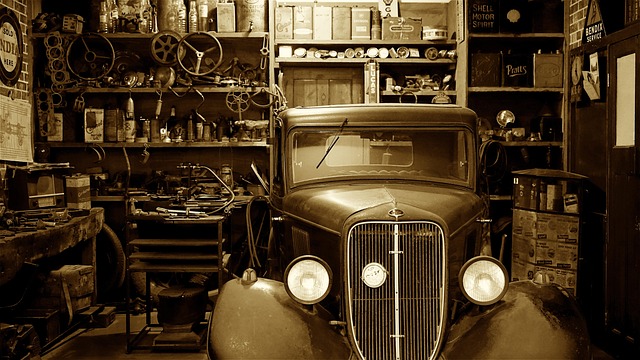
3D car scanning technology is revolutionizing post-repair quality assurance in the automotive industry, particularly for luxury brands like Mercedes Benz repair shops and auto body services. This innovative process involves capturing highly detailed 3D models of vehicles using specialized laser scanners and cameras, creating a digital blueprint that serves as a benchmark for pre and post-repair comparisons. By digitizing the vehicle’s surface, 3D scanning technology can detect even the slightest discrepancies or imperfections that may be invisible to the naked eye.
This advanced method offers several advantages over traditional manual measurements and visual inspections. It provides an accurate, objective, and repeatable assessment of a vehicle’s condition. In vehicle repair services, this means ensuring precision in repairs, especially in intricate auto body services where panel fitment, alignment, and paint quality are paramount. 3D scanning technology allows for comprehensive documentation, facilitating easier communication between technicians, estimators, and customers regarding the repair process and final outcomes.
Post-Repair Quality Assurance: The Role of 3D Scanning in Ensuring Perfection
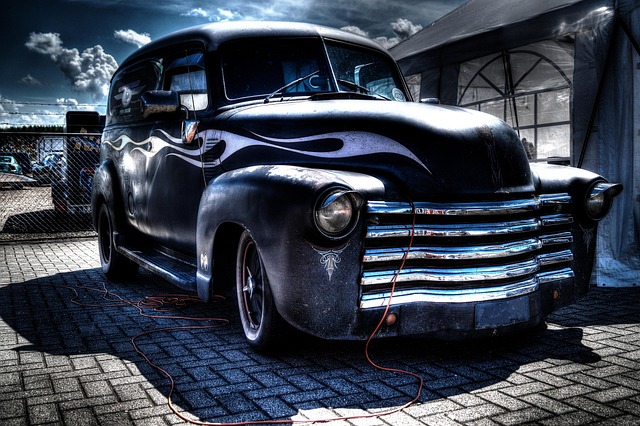
Post-Repair Quality Assurance plays a pivotal role in ensuring that vehicles, after undergoing crucial processes like car paint services, auto detailing, or auto dent repair, meet the highest standards of quality and precision. Traditional methods often rely on manual inspection, which can be subjective and prone to human error. This is where 3D car scanning technology steps in as a game-changer. By creating detailed, digital replicas of the vehicle’s exterior, this innovative technology allows for objective and precise comparisons with original specifications.
With 3D scanning, every curve, contour, and dimension is captured with unparalleled accuracy. This data can then be used to verify the integrity of repairs, ensuring that any deviations from the original factory standards are immediately identified. For instance, in car paint services, 3D scanning can check for color consistency and surface defects, guaranteeing a flawless finish. In auto detailing, it aids in preserving intricate designs and textures. Similarly, during auto dent repair, this technology helps assess the extent of damage removal, ensuring complete restoration without any residual imperfections.
Benefits and Applications: Revolutionizing the Automotive Industry with Advanced Scanning Techniques

The advent of 3D car scanning technology has revolutionized the automotive industry, bringing unprecedented precision and efficiency to post-repair quality assurance. This advanced technique captures detailed digital representations of vehicles, enabling meticulous inspection of auto body work following collision repair or vehicle body repair. By comparing these scans with original manufacturer specifications, professionals can identify even the slightest discrepancies, ensuring that every curve, contour, and panel aligns perfectly.
The benefits are clear: enhanced accuracy, reduced time for quality checks, and improved overall vehicle performance. 3D scanning is particularly valuable in complex cases of vehicle collision repair, where intricate parts need to be precisely reassembled. It facilitates faster and more effective repairs, reduces the risk of human error, and ultimately contributes to higher customer satisfaction by delivering top-notch post-repair results for every vehicle body repair.
3D car scanning technology emerges as a game-changer in post-repair quality assurance, offering unprecedented precision and efficiency. By accurately capturing vehicle surfaces and components, this innovative process ensures repairs meet original equipment manufacturer (OEM) standards. As the automotive industry continues to evolve, embracing advanced scanning techniques will be crucial for maintaining high-quality outcomes and customer satisfaction.
